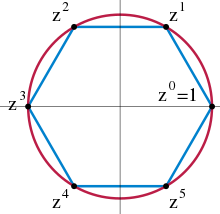00:00 - 02:0002:00 - 03:0003:00 - 10:0010:00 - 13:0013:00 - 15:0015:00 - 18:0018:00 - 20:0020:00 - 00:00
user147690
user147690
user147690
user147690
user147690
user147690
user147690
user147690
user147690
user147690
user147690
user147690
00:00 - 02:0002:00 - 03:0003:00 - 10:0010:00 - 13:0013:00 - 15:0015:00 - 18:0018:00 - 20:0020:00 - 00:00



